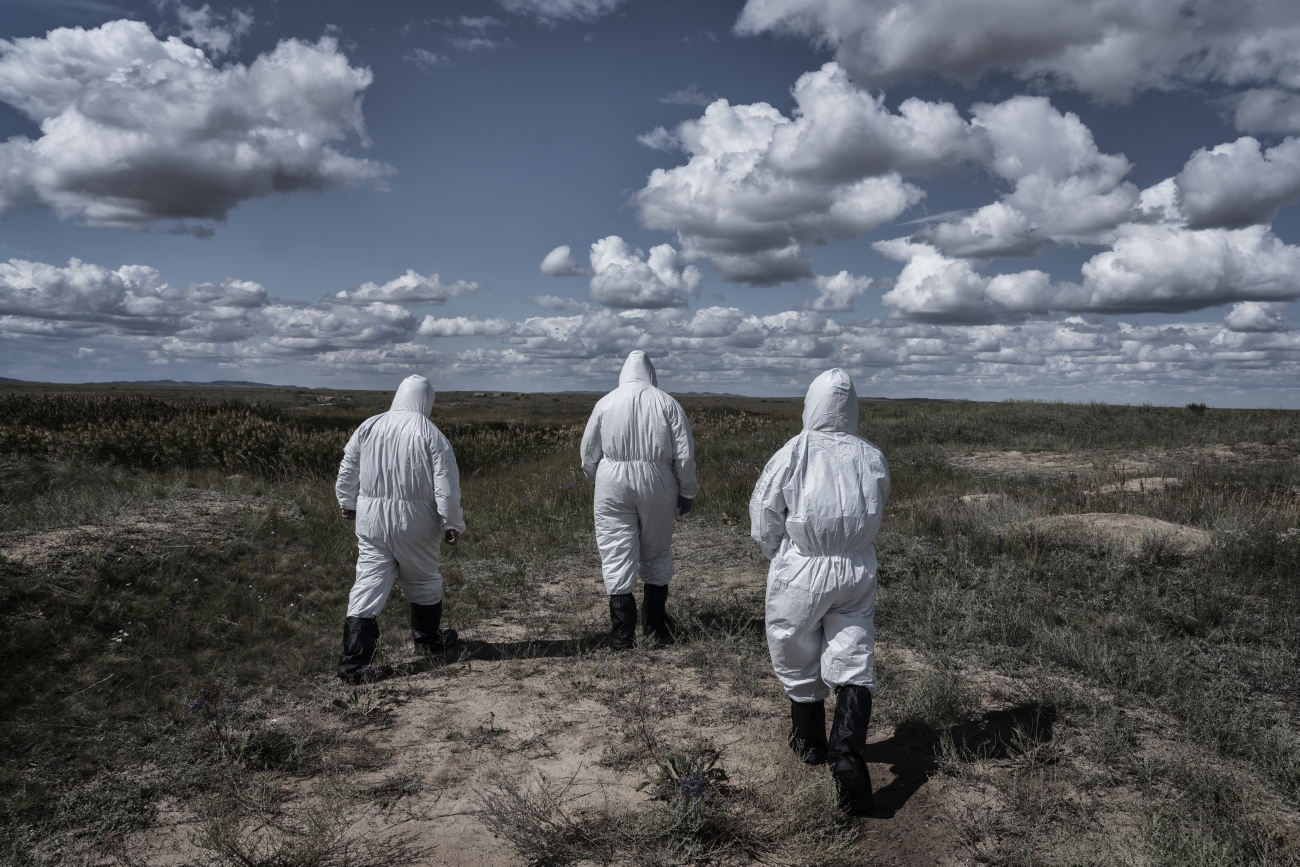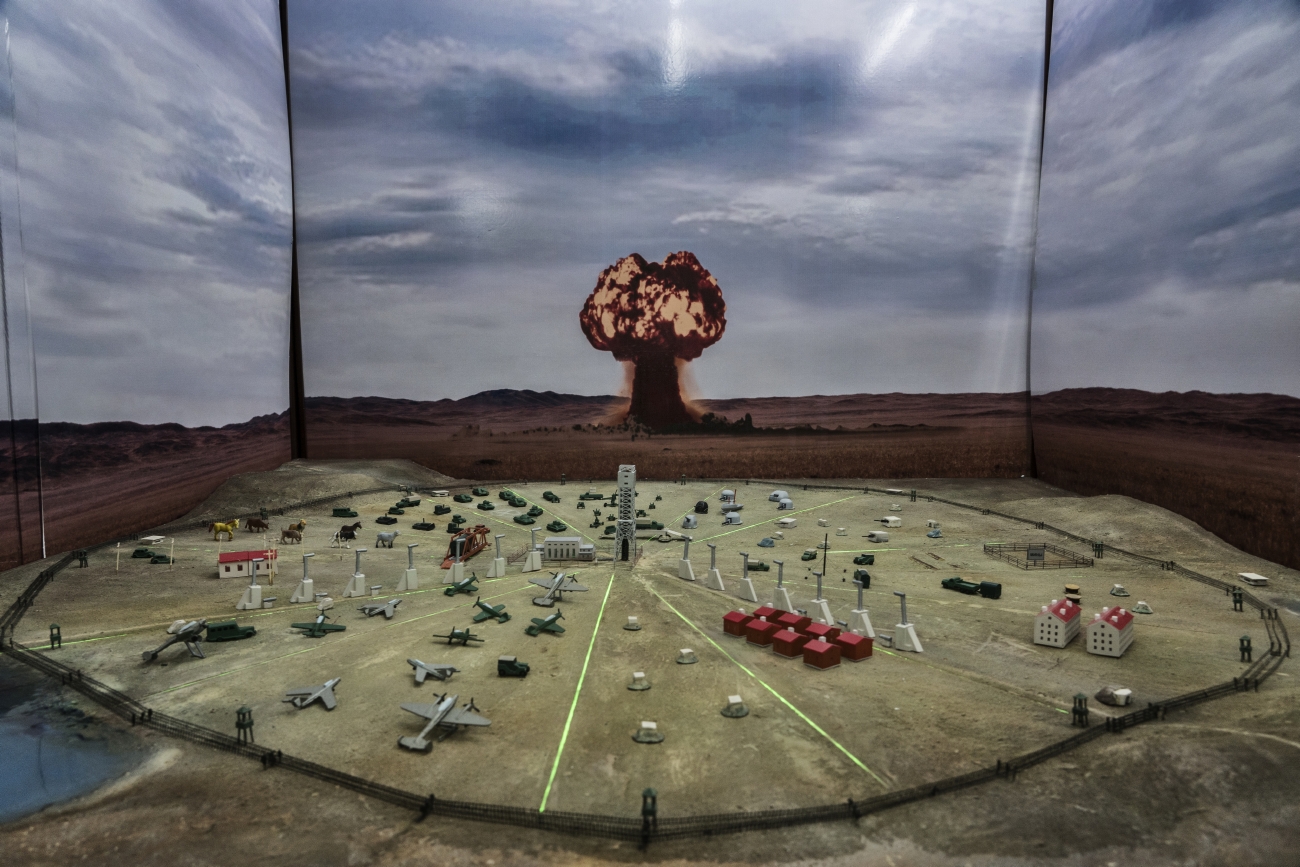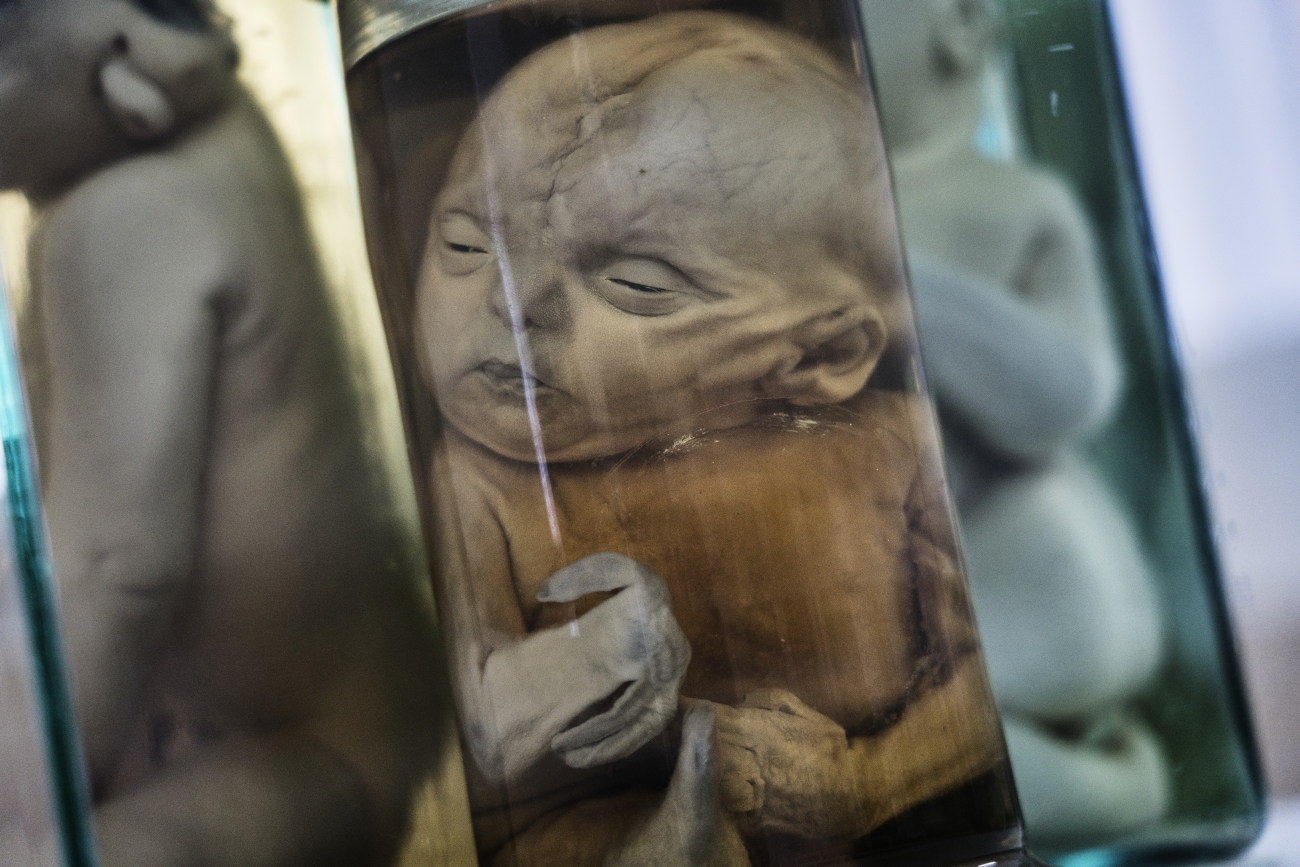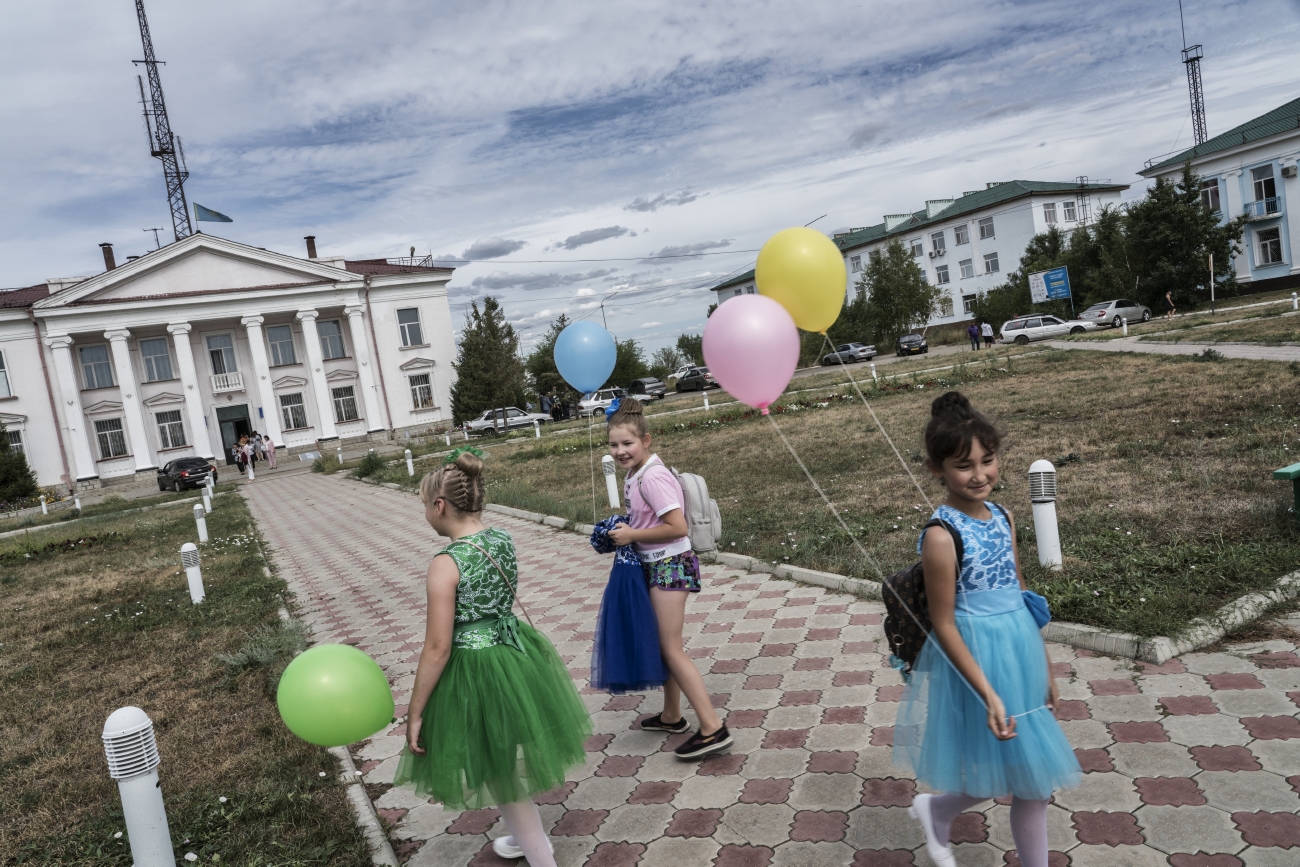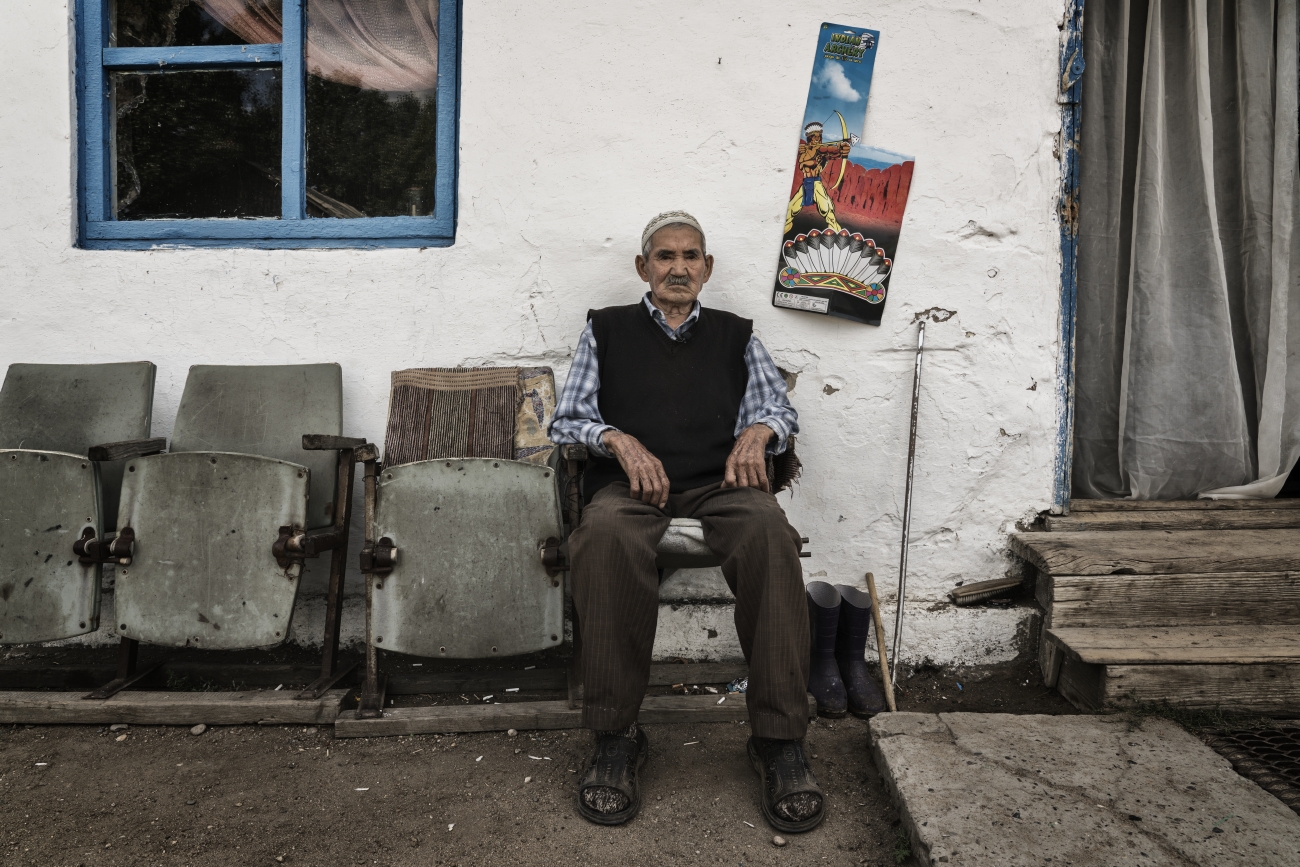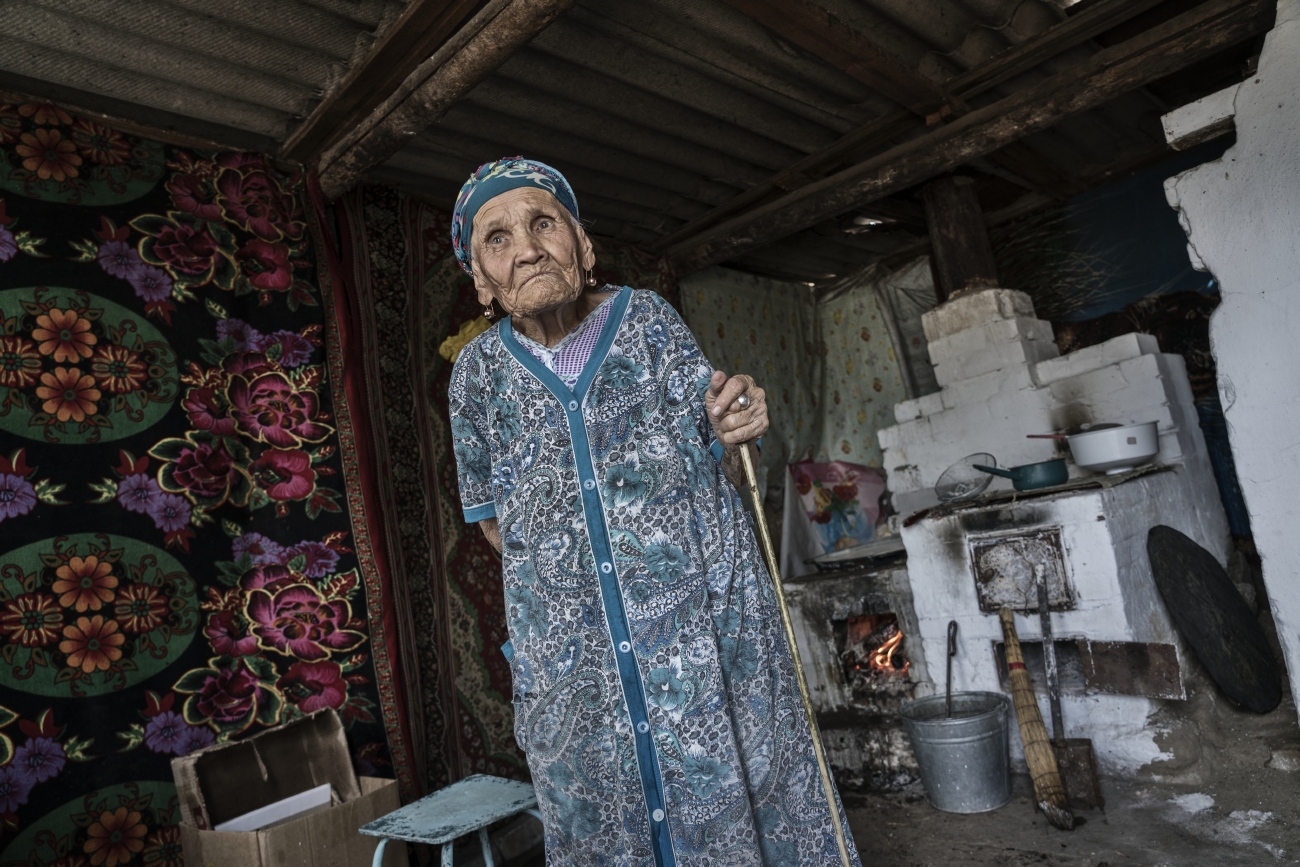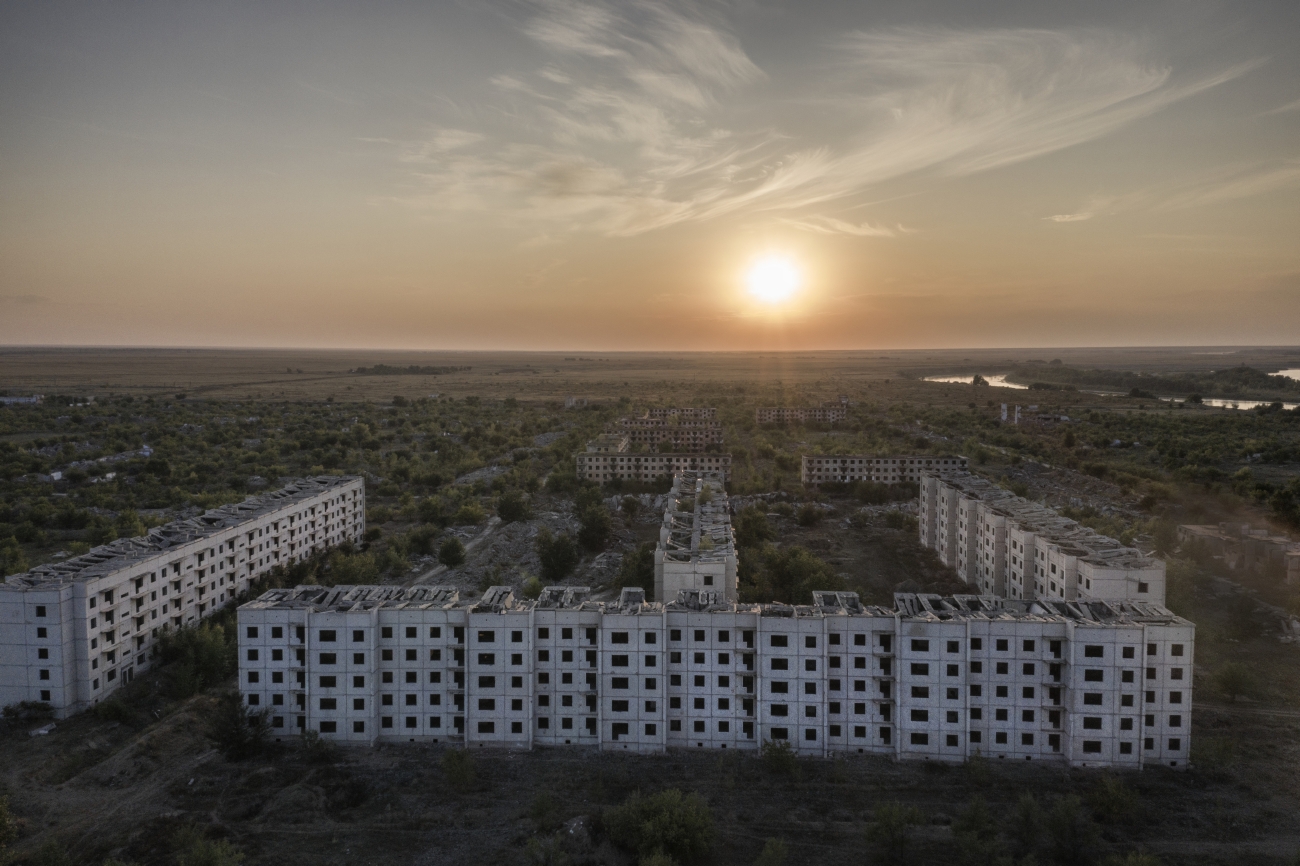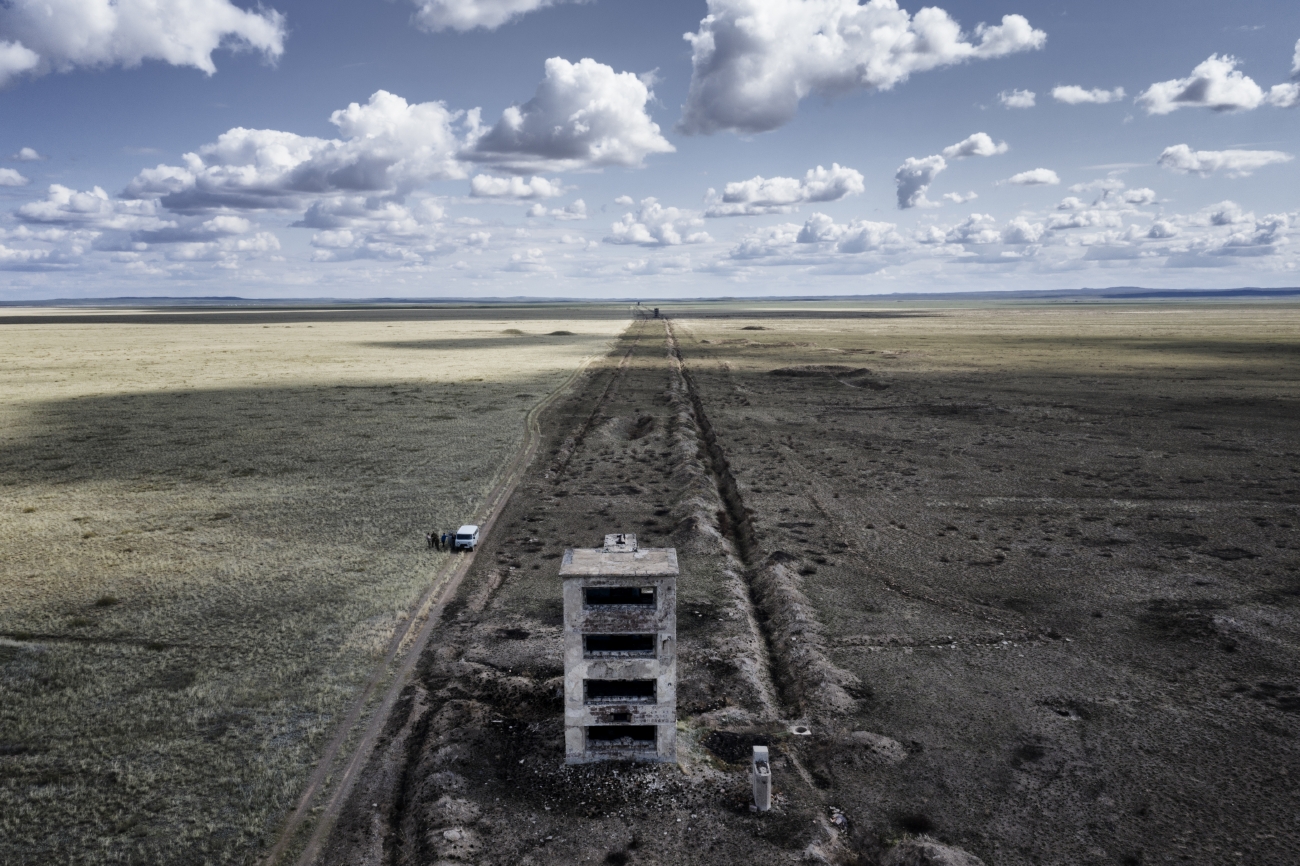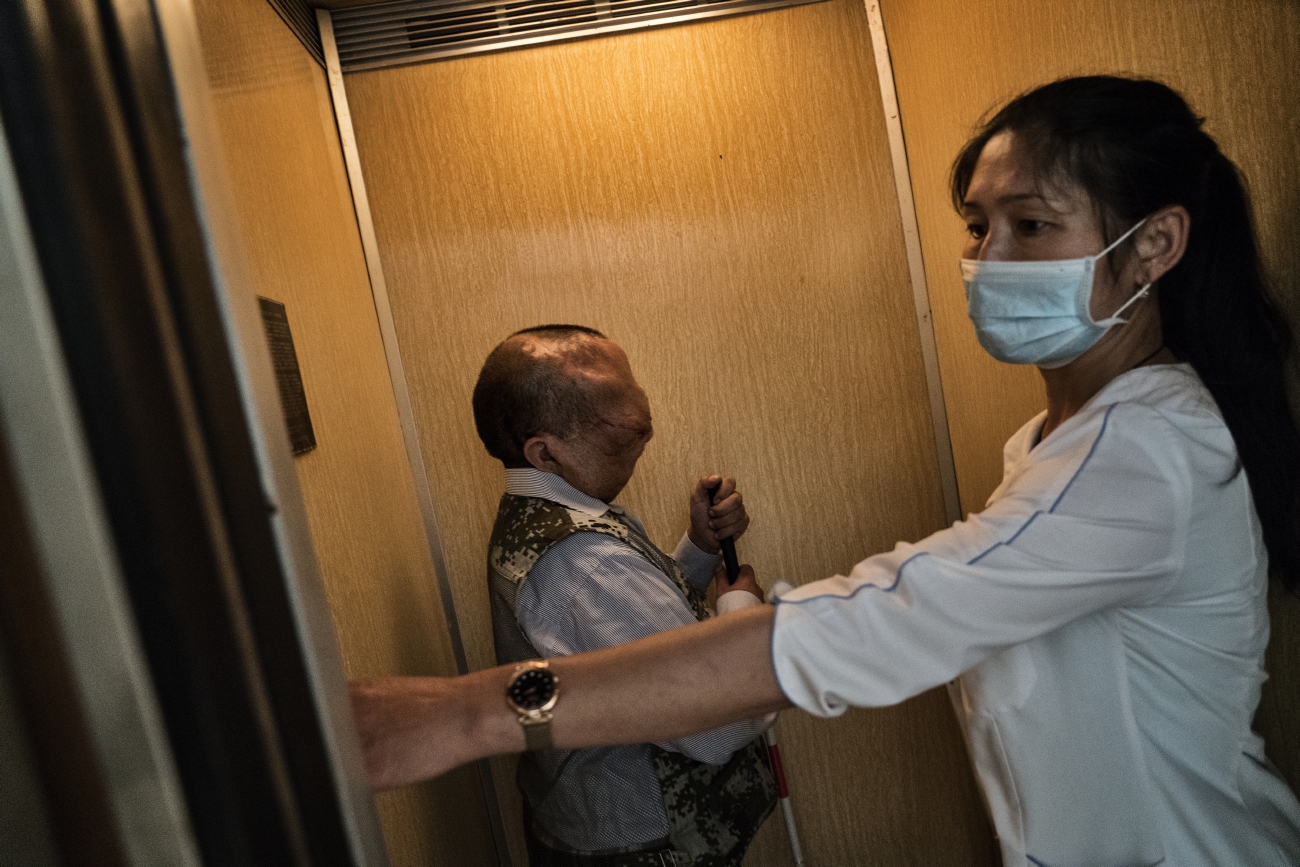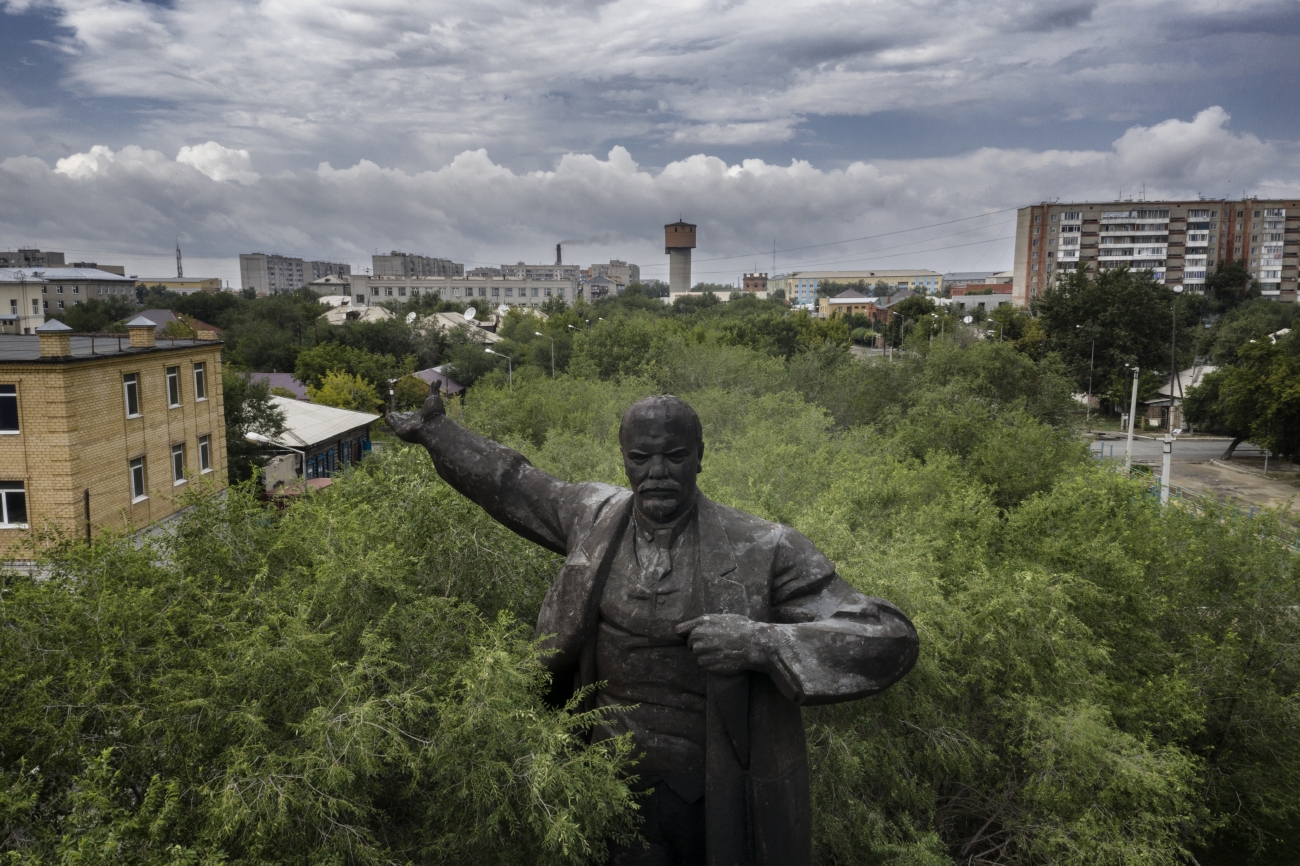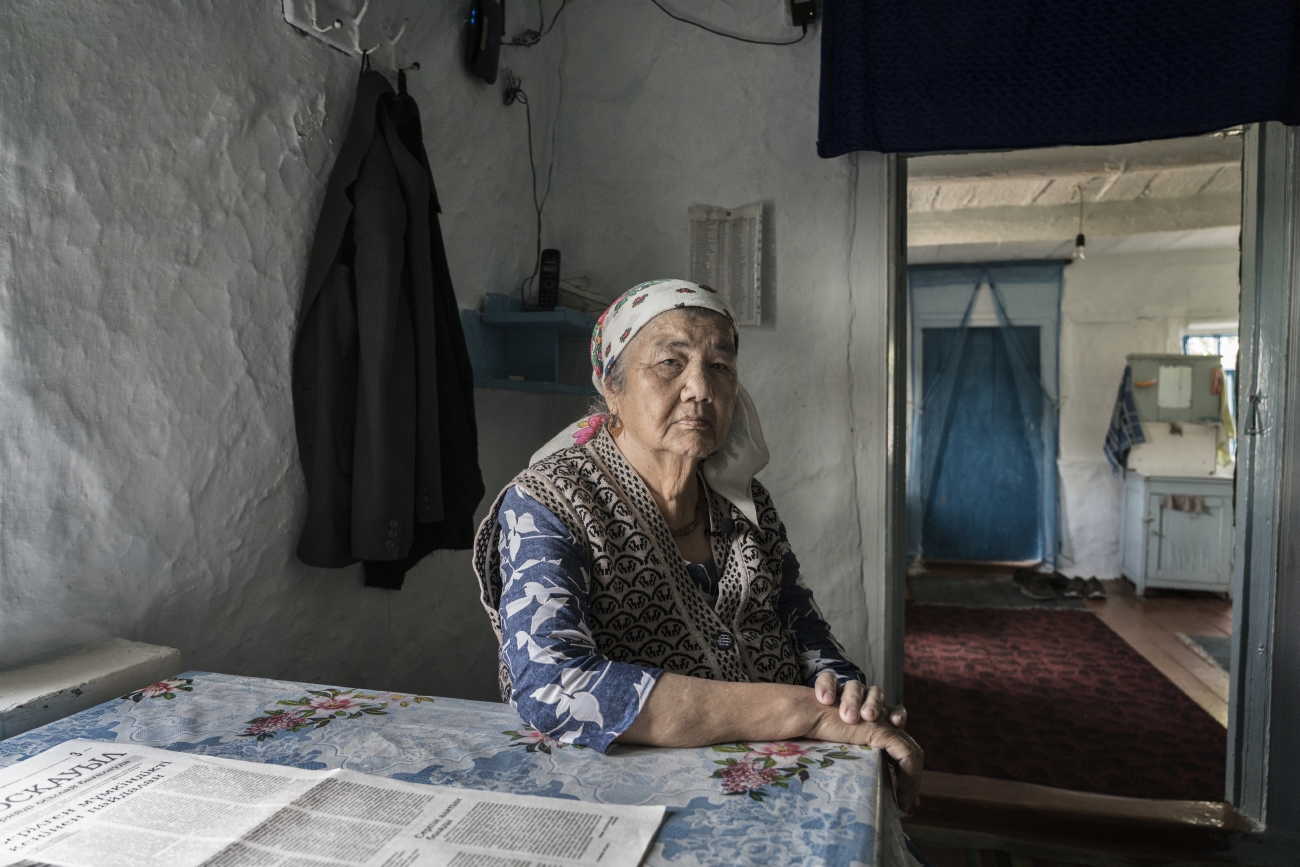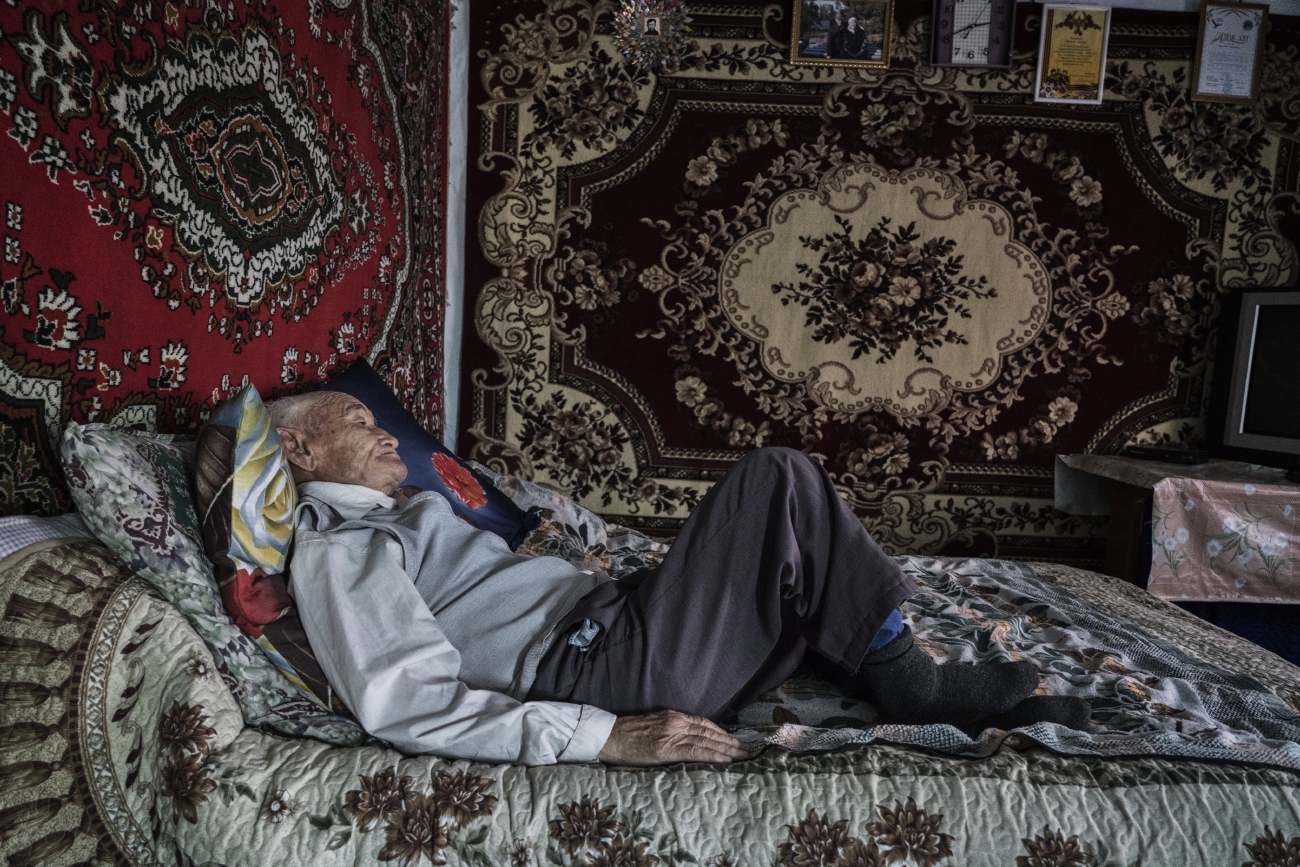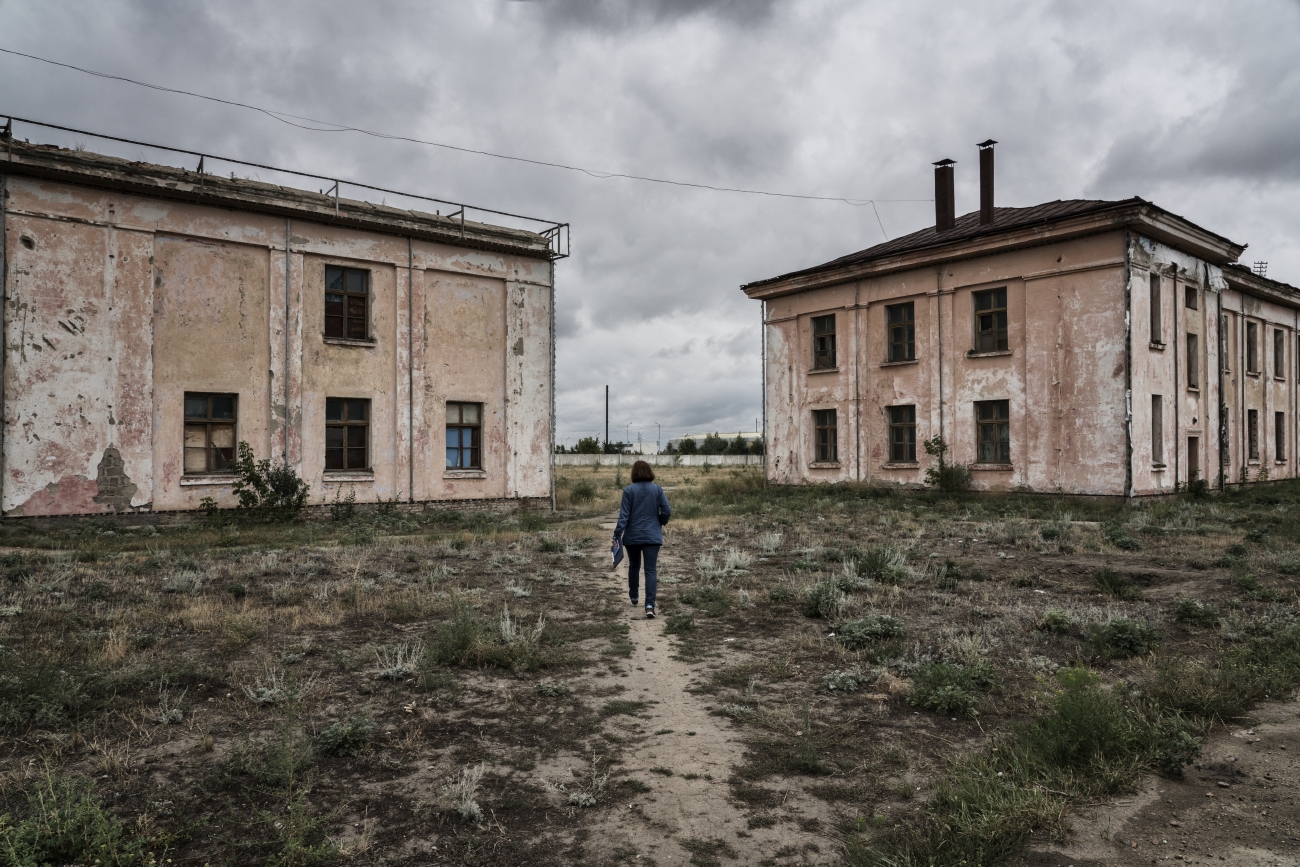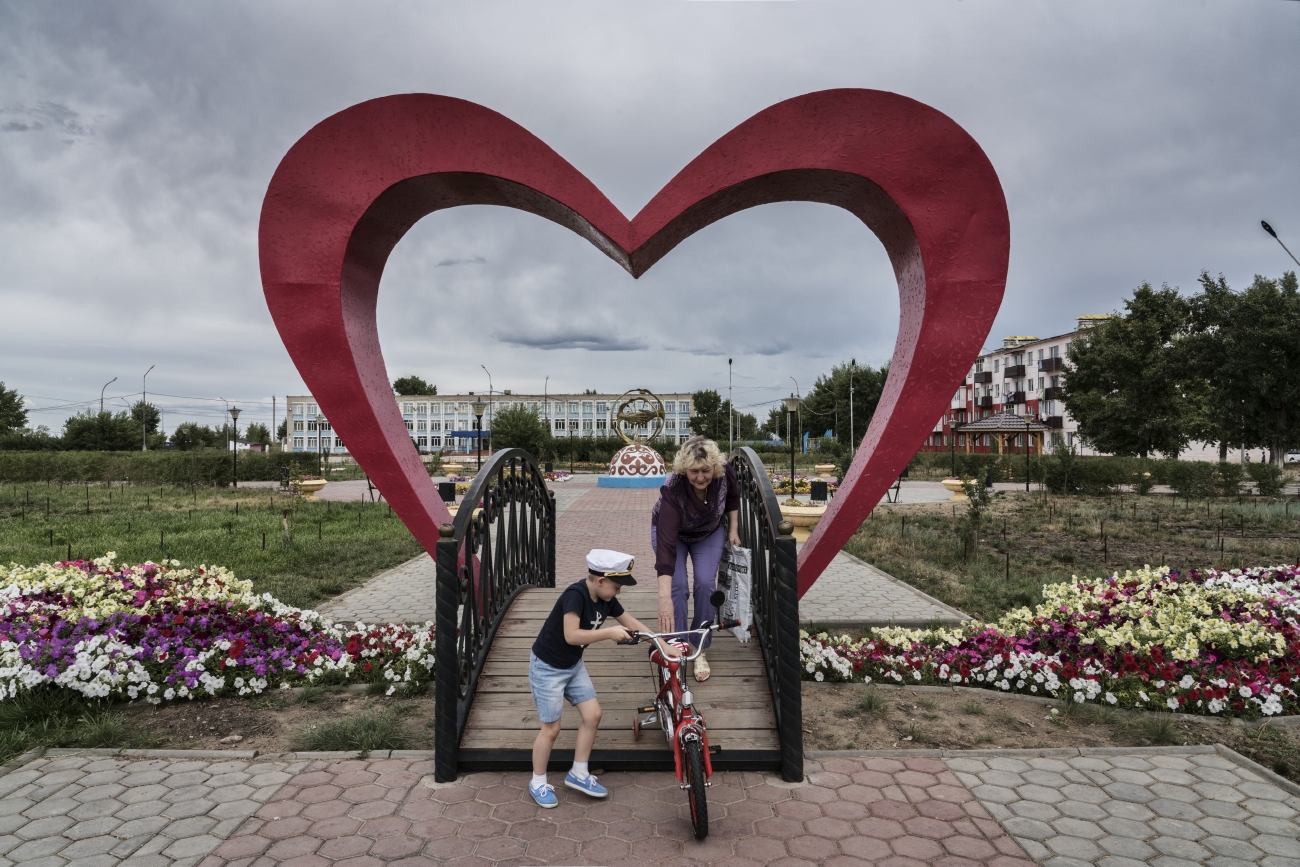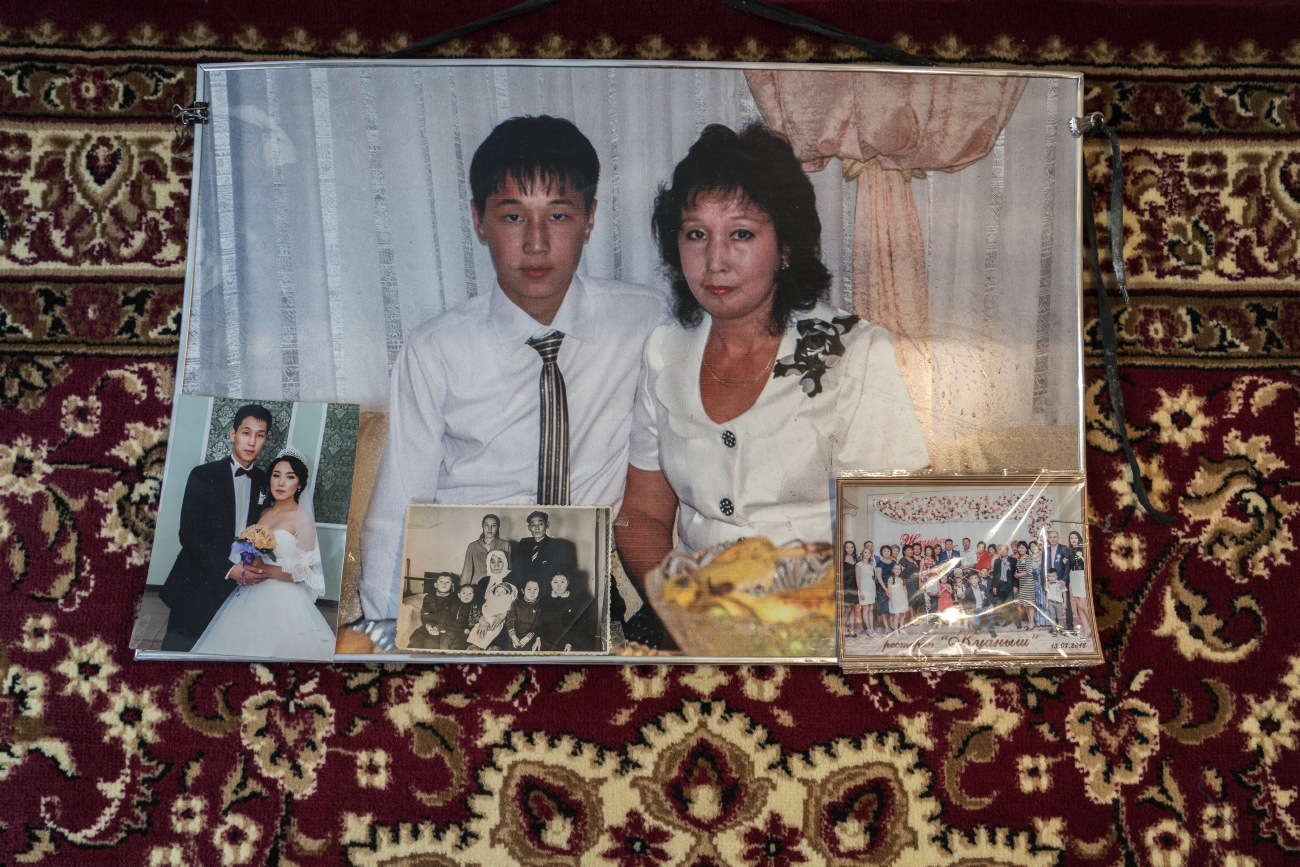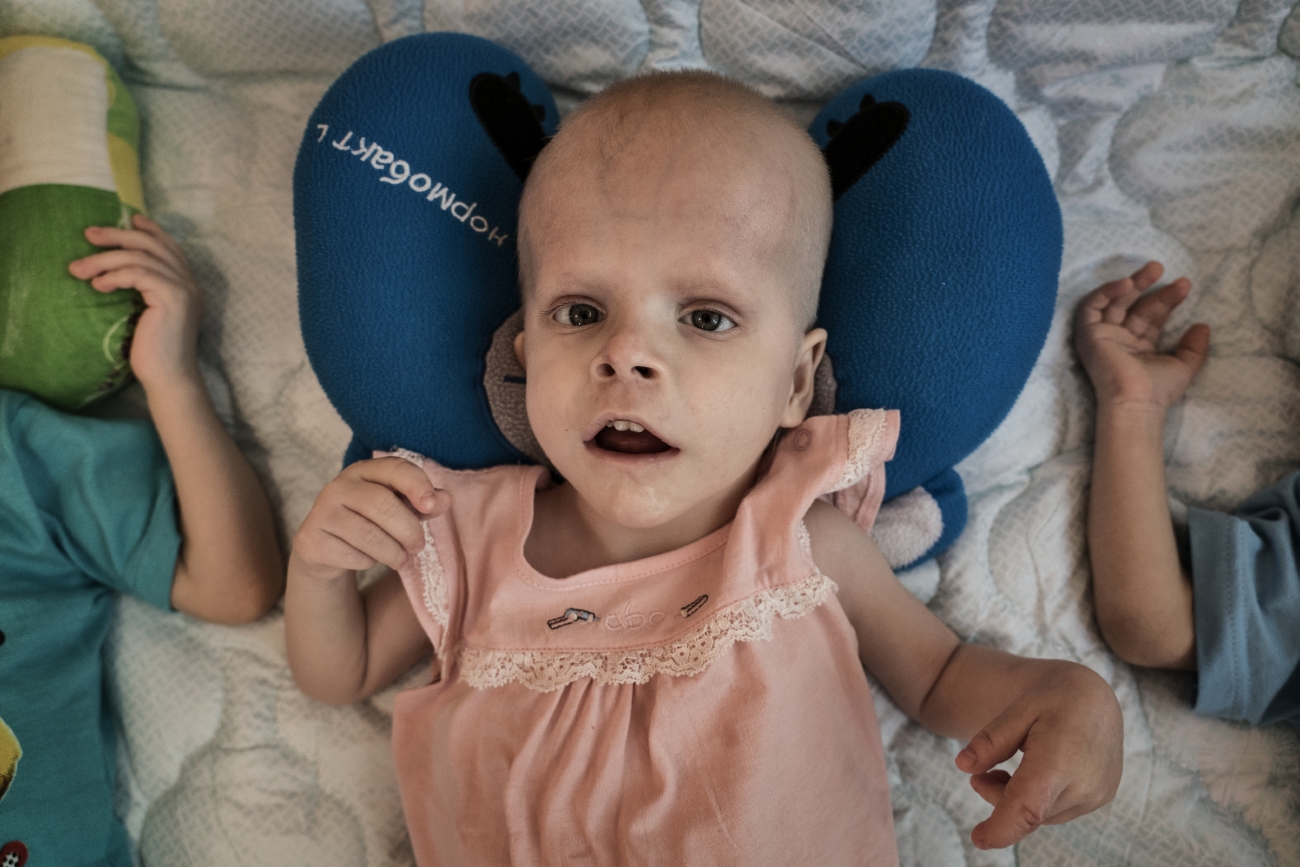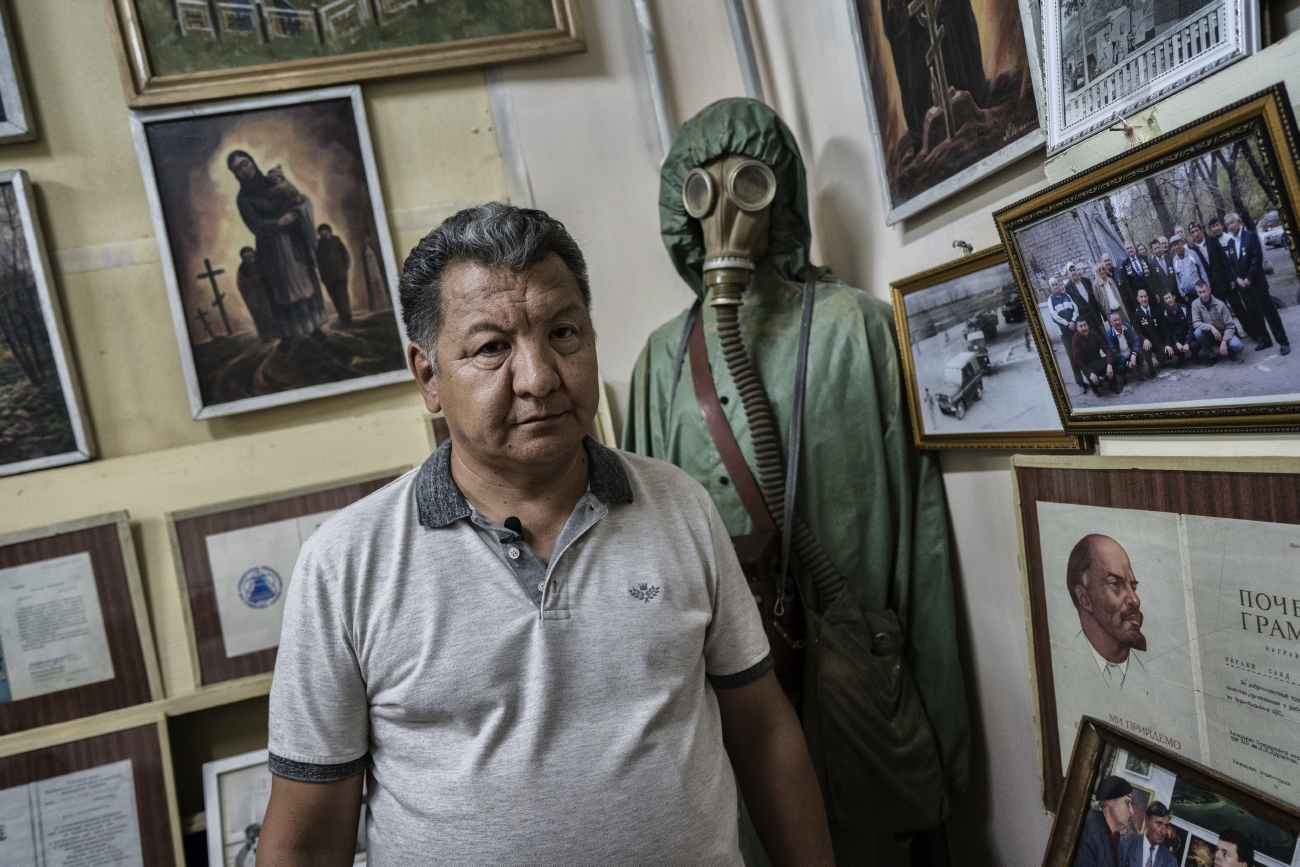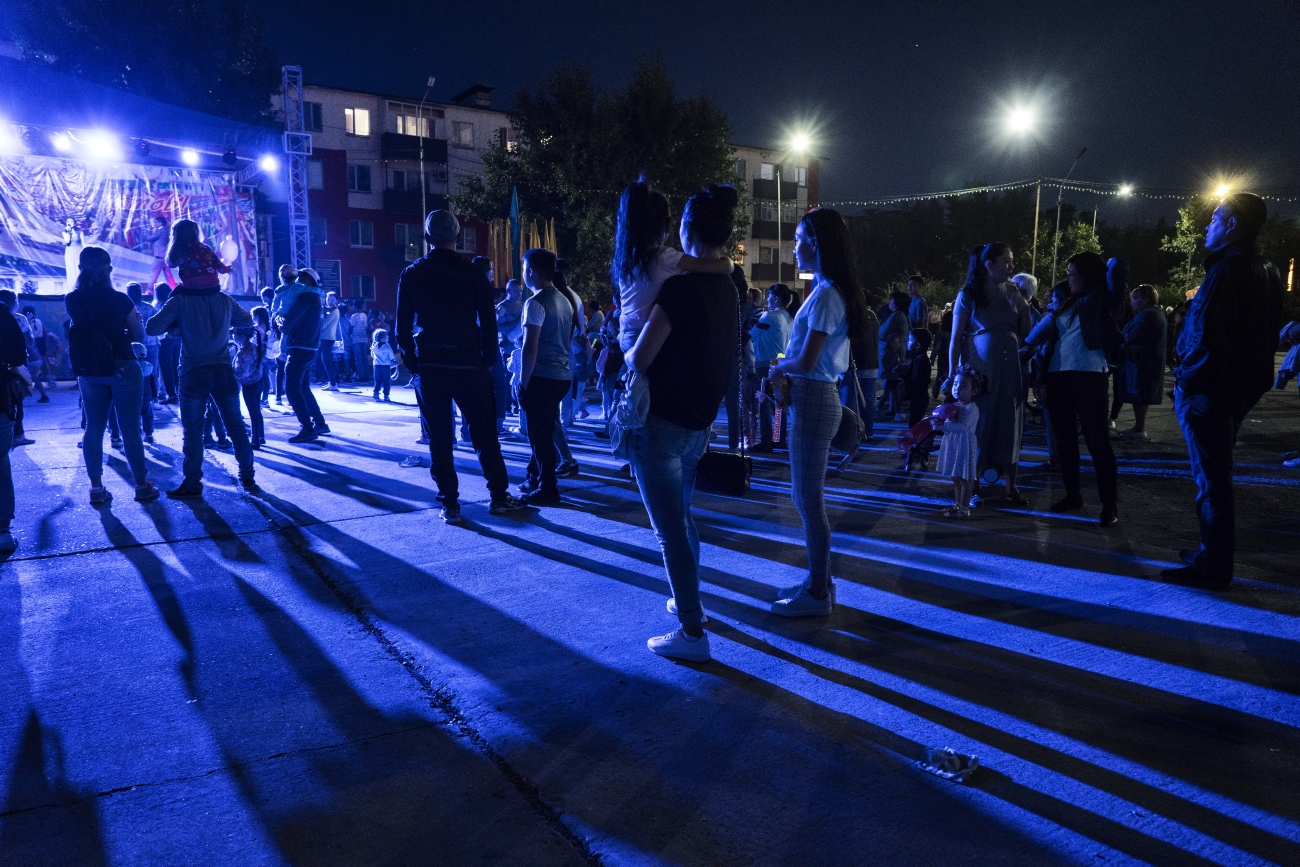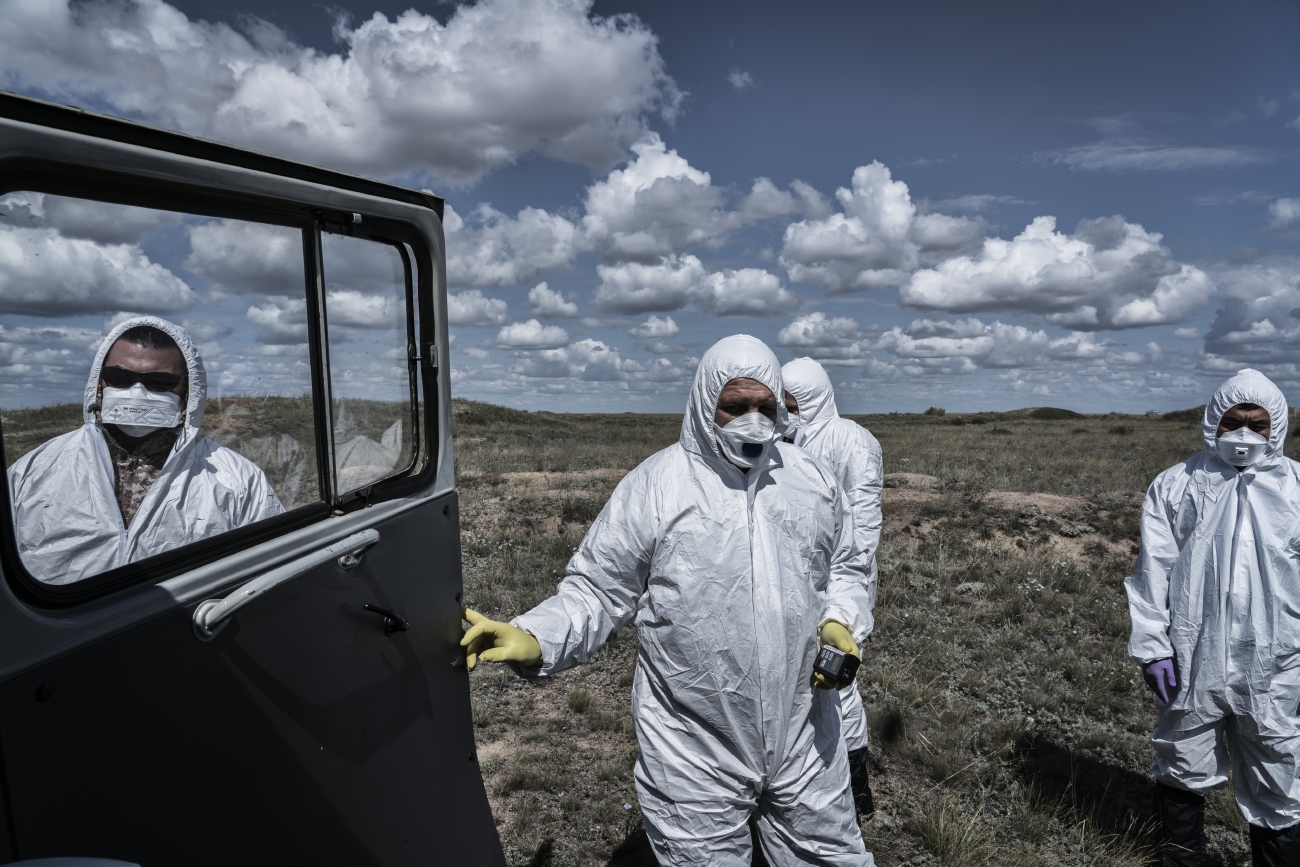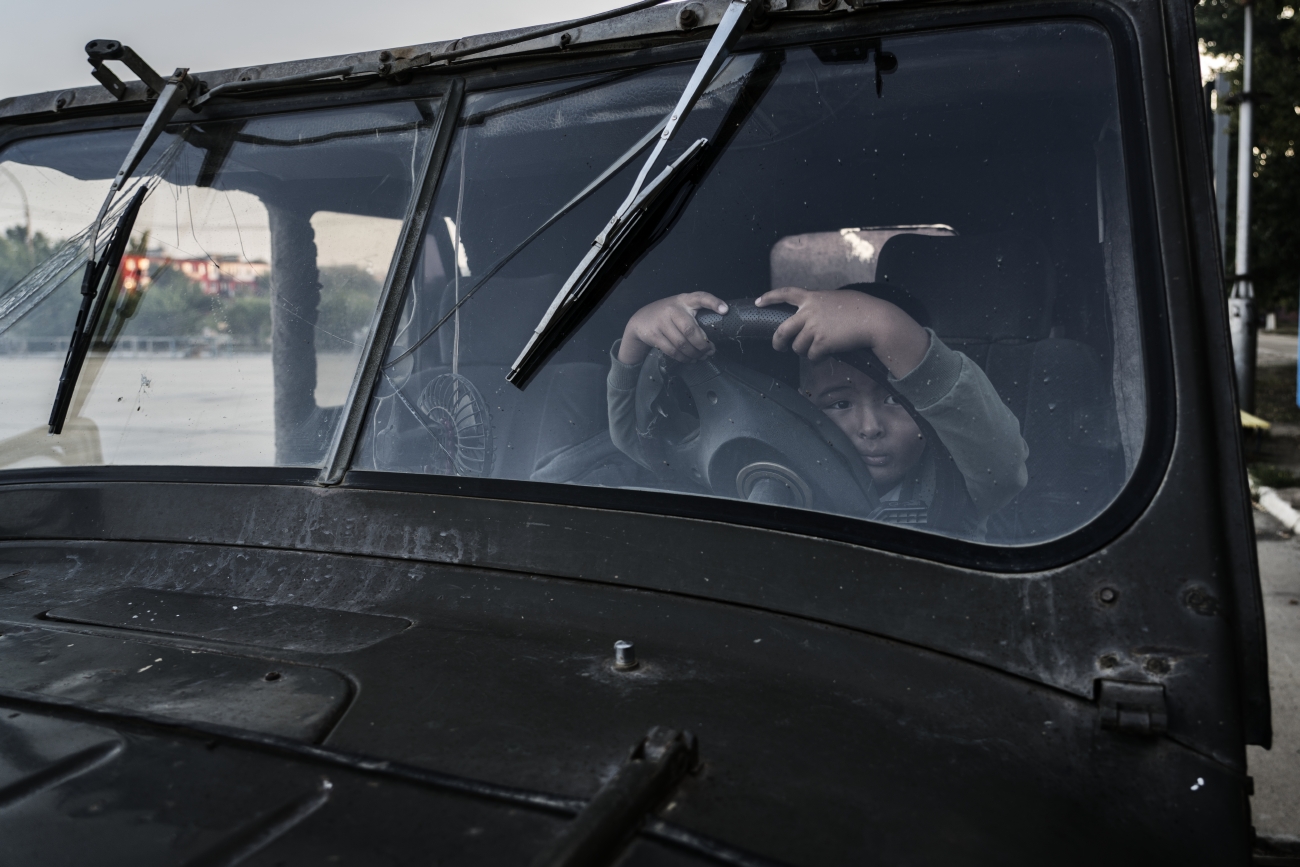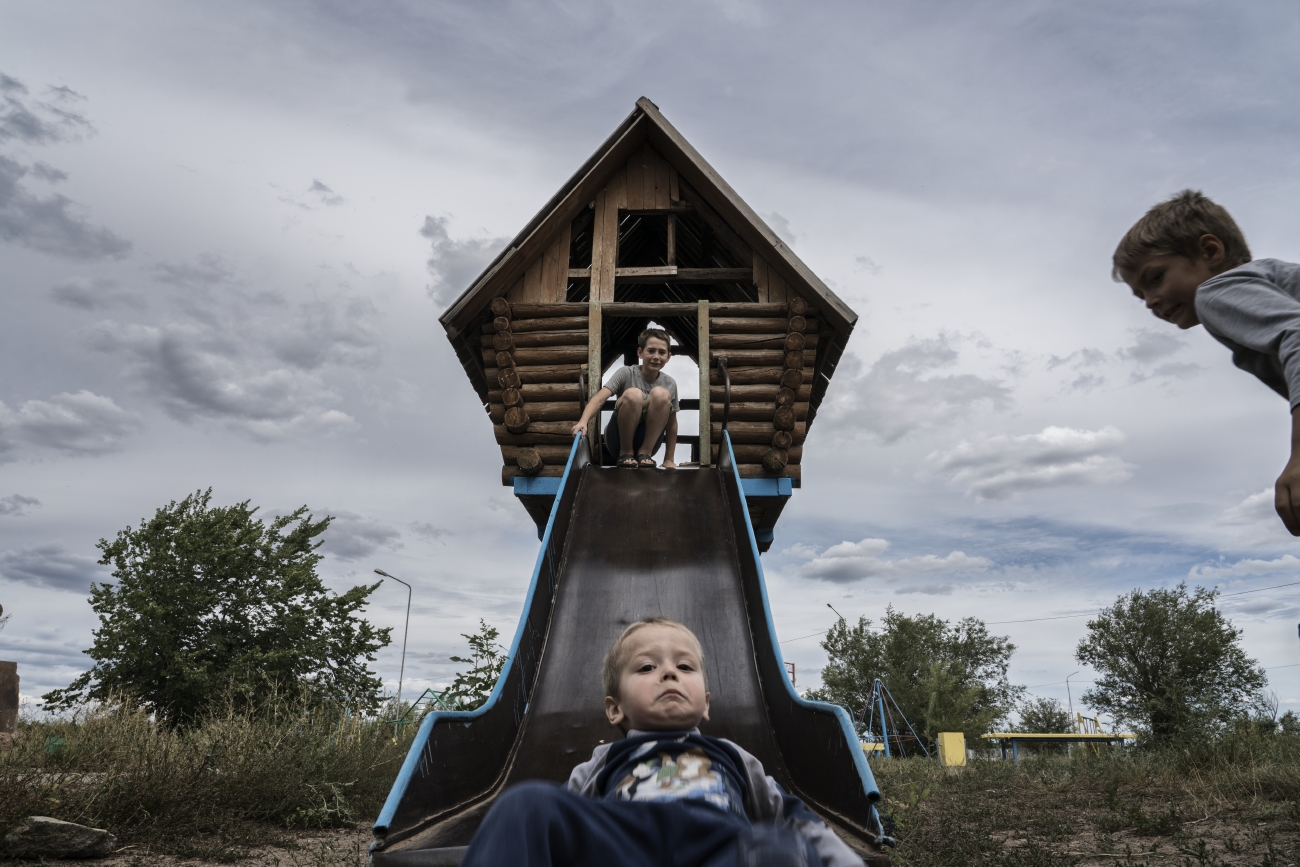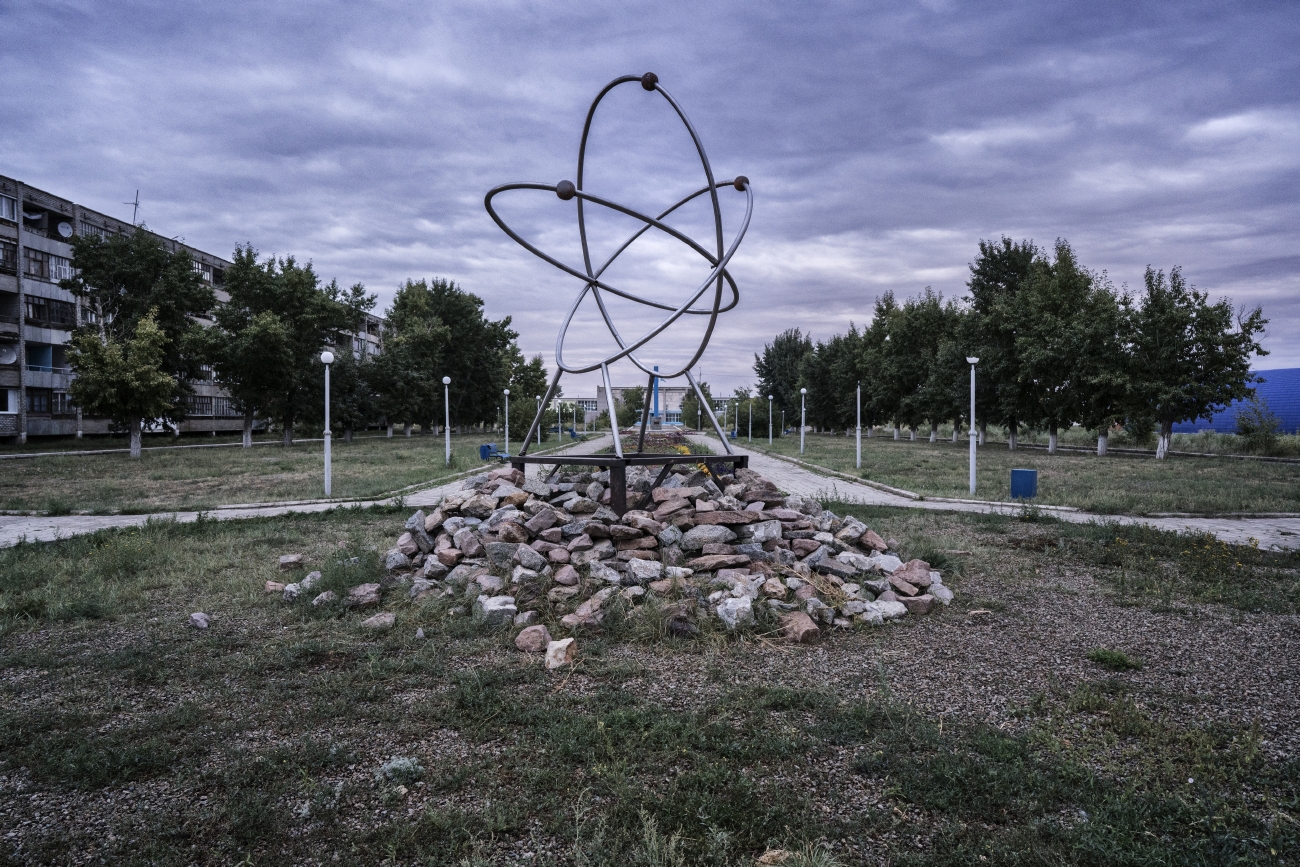Semipalatinsk
The legacy of nuclear testing
Photo by Pierpaolo Mittica
The mysterious nuclear accident that occurred at a Russian military base in August 2019 highlighted that nuclear weapons testing still poses a threat today. During the years of the Cold War and until the dissolution of the Soviet Union, the test site known as The Polygon in Semipalatinsk, Kazakhstan, saw the explosion of a total of 456 nuclear warheads. More than thirty years have passed since the site’s closure, but what impact has it had on the local environment and population? Today more than 18,000 square metres of land are highly contaminated and will remain unusable for more than 200,000 years. The contamination has spread well beyond the test site, however, and has actually affected an expanse of 300,000 square kilometres, an area the size of Germany.
For decades the Soviet authorities concealed the effects of radiation on the population of the inhabited areas in the vicinity. Research that began following the site’s closure showed how the nuclear fallout from the experiments directly affected around 200,000 inhabitants and involved almost two million people. Villages such as Znamenka, Sarzhal and Kaynar, which are located on the edge of the test site, were never evacuated and today their populations continue to live with the consequences of the contamination. But also large towns and cities, such as Kurchatov and above all Semey (today’s name for Semipalatinsk) with its 320,000 inhabitants, situated just 100 kilometres from the test site, have repeatedly been affected by radioactive winds.
(2019)
“Each month we saw a blinding light and a mushroom cloud rise up into the sky. The windows shook every time and were often broken by the force of the explosion,” explains one of the inhabitants of the villages. “The authorities never said what was happening, but only told us to remain at home after the explosions. We saw hundreds of them.”
What took place at the Semey test site was arguably one of the worst ever crimes committed against humanity. The local population were effectively used as guinea pigs to discover the effects of radiation on humans.
Today the local population are trying to get on with their lives but the legacy of the Cold War is sure to have an impact for many years to come.
